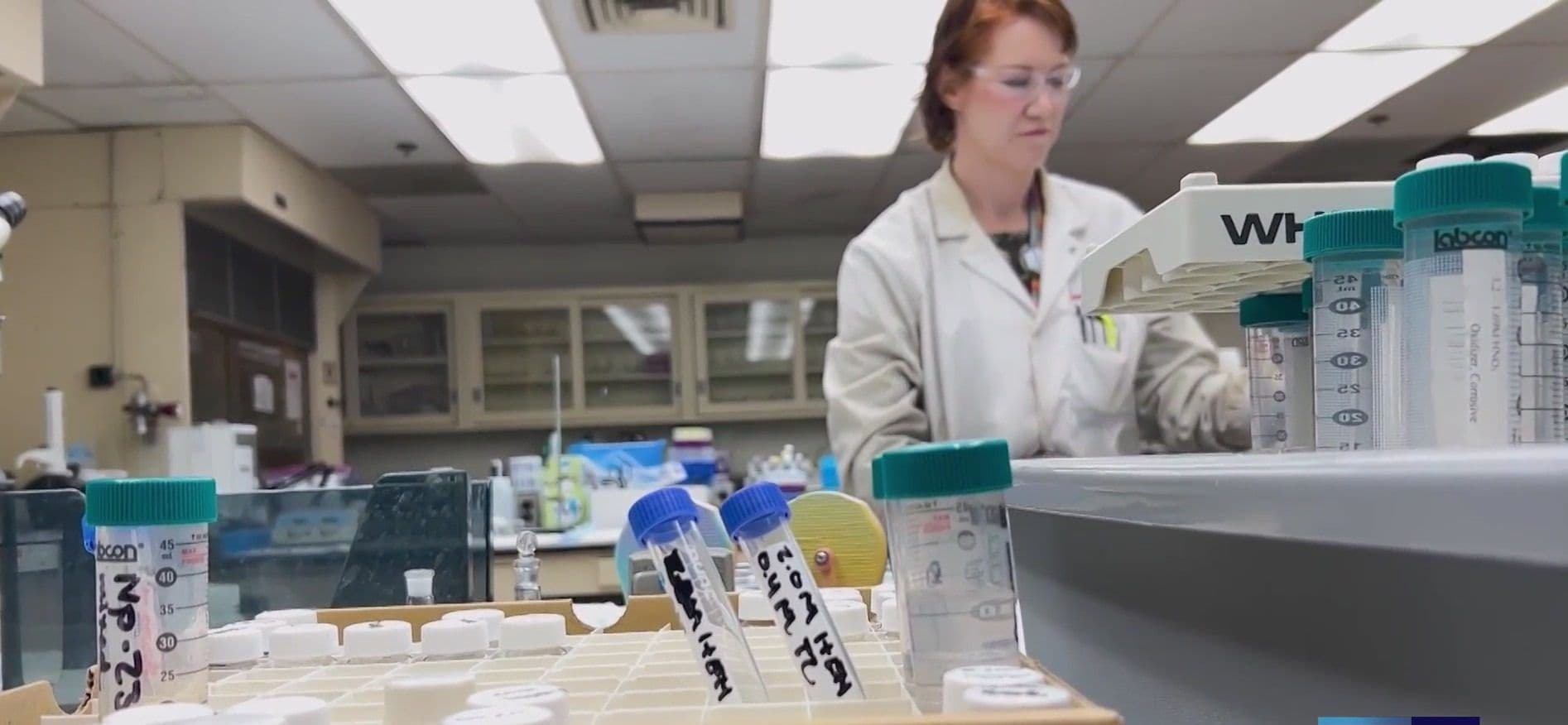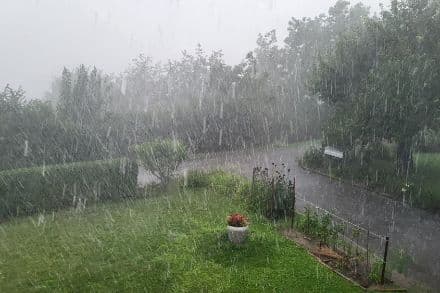The Splash That Shook: Unpacking the Hidden Dangers and Lifesaving Seconds of a Headfirst Dive
Dive deep into the critical seconds after a headfirst plunge goes wrong. Learn how rapid bystander action can turn tragedy into triumph and why knowing CPR is essential.
The Moment It Changed: A Recount from Maria Schmolln
The calm of an early evening at the public pool was shattered on August 10, 2025, by a dramatic incident that underscores the razor-thin line between recreation and tragedy. Around 6:20 PM, a 30-year-old man, enjoying a swim with his friends, made a headfirst dive into the pool. What he likely didn't anticipate was the shockingly shallow depth – a mere 1.25 meters. The impact was immediate and devastating: he lost consciousness the moment he hit the water.
Yet, this near-tragedy quickly pivoted into a testament to quick thinking and profound friendship. His companions, witnessing the horrifying event, reacted without a second's hesitation. They swiftly pulled him from the water and immediately initiated resuscitation efforts. Their courageous and rapid intervention proved to be the pivotal factor, as they successfully restored his vital functions. Emergency medical personnel, including a doctor, took over on-site, providing further critical care before the 30-year-old was airlifted to with injuries of an unspecified nature. This incident, while harrowing, highlights the extraordinary power of immediate bystander action in the face of an aquatic emergency.

Beneath the Surface: The Unseen Perils of Shallow Dives
The incident at , where a 30-year-old’s headfirst dive into a 1.25-meter deep pool led to immediate unconsciousness, serves as a stark reminder of the inherent dangers lurking beneath seemingly innocuous water surfaces. Many people underestimate the force generated by a headfirst dive, even into water that appears deep enough. A 'kopfsprung' or headfirst plunge, especially into shallow or unknown waters, transforms a recreational activity into a high-risk gamble.
The human body, when moving at speed, carries significant momentum. When the head strikes a solid surface, like the bottom of a pool, this force is not dissipated but rather concentrated, often leading to severe head trauma, concussions, or, most critically, catastrophic spinal cord injuries. Such injuries can result in paralysis or, as seen in this case, immediate loss of consciousness, which in water, almost invariably leads to drowning. The clarity of the water can be deceptive, masking hazards or making depths appear greater than they are. This incident powerfully illustrates that 1.25 meters is far from a safe depth for a headfirst dive, emphasizing the universal rule: 'Feet first, first time' or, better yet, no diving at all unless the depth is explicitly known and sufficient for diving.
The Golden Window: Why Every Second Counts in Aquatic Emergencies
The successful resuscitation of the 30-year-old in wasn't just luck; it was a direct consequence of the 'golden window' of opportunity that exists in medical emergencies, especially those involving cardiac arrest or drowning. When a person loses consciousness and stops breathing, oxygen supply to the brain is immediately compromised. Brain cells begin to die within minutes, and irreversible damage can occur in as little as four to six minutes. Beyond ten minutes without oxygen, survival rates plummet, and even if revived, severe neurological impairment is highly probable.
This is where the friends’ immediate action became truly lifesaving. By recognizing the emergency, pulling the victim out of the water swiftly, and commencing without delay, they provided the critical oxygen flow needed to sustain brain function and circulate blood until professional medical help arrived. Their rapid response prevented the tragic progression from unconsciousness to irreversible brain damage or even death. It’s a powerful testament to how seconds can literally define the difference between life and profound disability, or between life and death itself, in aquatic emergencies. This incident underscores that the most effective emergency response often comes from those closest to the scene.
Everyday Heroes: Empowering Bystanders with Lifesaving Skills
The friends of the 30-year-old man in are not trained lifeguards or paramedics; they are, by all accounts, everyday people who became extraordinary heroes in a moment of crisis. Their ability to react decisively – pulling their friend from the water and initiating resuscitation – highlights a crucial truth: anyone can be a lifesaver. The skills required for basic life support, such as , are not exclusive to medical professionals. They are learnable, practical techniques that can bridge the critical gap between an emergency occurring and professional help arriving.
Empowering bystanders with these skills is arguably one of the most impactful public health initiatives. Imagine the ripple effect if more individuals felt confident and capable of performing CPR or basic first aid. Training courses are widely available, often through local chapters, fire departments, or community centers. These programs teach not just the physical techniques but also the vital steps of recognizing an emergency, calling for help, and safely intervening. The incident is a compelling narrative that champions the idea that preparedness, even among ordinary citizens, can dramatically alter the outcome of unforeseen emergencies, transforming potential tragedies into stories of survival.
Ripple Effects: Lessons Learned and a Safer Summer Ahead
The near-tragedy at serves as a poignant case study, offering invaluable lessons that extend far beyond the immediate incident. It's a stark reminder of the inherent dangers of headfirst dives, particularly into water of unknown or insufficient depth. The 1.25-meter pool, which seemed innocuous, proved to be a critical hazard. This incident reinforces the paramount importance of exercising extreme caution around water, always checking depth before entering, and prioritizing feet-first entries, especially when unsure.
Beyond prevention, the story powerfully underscores the life-saving potential of immediate bystander intervention. The quick thinking and courageous actions of the victim's friends were undeniably the reason he survived and had his vital functions restored. Their preparedness, or perhaps sheer instinct and bravery, offers a compelling argument for widespread first aid and training. As we look towards future summers and enjoy our recreational waters, let this event be a catalyst. It's an opportunity for individuals to equip themselves with lifesaving skills and for communities to emphasize water safety education. By combining responsible behavior with a readiness to act, we can collectively foster safer aquatic environments, ensuring that stories like 's remain ones of miraculous survival, rather than preventable tragedy.
Related Articles

Amidst the Haze: Oberhasli's Untold Tale of a Community Under Pressure

Amidst the Haze: Oberhasli's Untold Tale of a Community Under Pressure

Lake Mead: Beyond the Drought – A Chronicle of Resilience and Rediscovery

Lake Mead: Beyond the Drought – A Chronicle of Resilience and Rediscovery

Below the Surface: The Belchentunnel Blaze and the Unseen Strength of Switzerland's Infrastructure

Below the Surface: The Belchentunnel Blaze and the Unseen Strength of Switzerland's Infrastructure

Switzerland's Wet Awakening: Unpacking a Weekend of Torrential Alpine Fury
